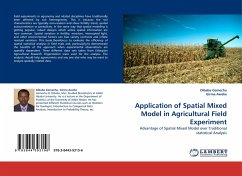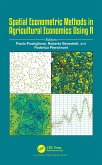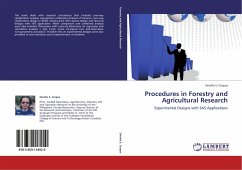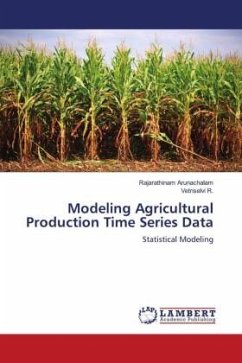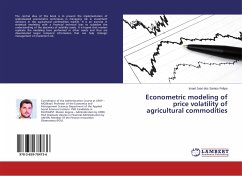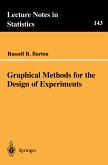Field experiments in agronomy and related disciplines have traditionally been affected by soil heterogeneity. This is because the soil characteristics are typically non-random and show fertility trend, spatial autocorrelation or periodicity. In the same way that spatial modeling is getting popular, robust designs which utilize spatial information are now common. Spatial variation in fertility, moisture, intercepted light, and other environmental factors can bias variety contrasts and inflate residual variation. This book,therefore,is to evaluate the efficiency of spatial statistical analysis in field trials and, particularly,to demonstrate the benefits of the approach when experimental observations are spatially dependent. Three different data sets taken from Ethiopian Agricultural Research Organization were used for the analysis. The analysis should help agronomists and any one else who may be want to analyze spatially related data.
Bitte wählen Sie Ihr Anliegen aus.
Rechnungen
Retourenschein anfordern
Bestellstatus
Storno

